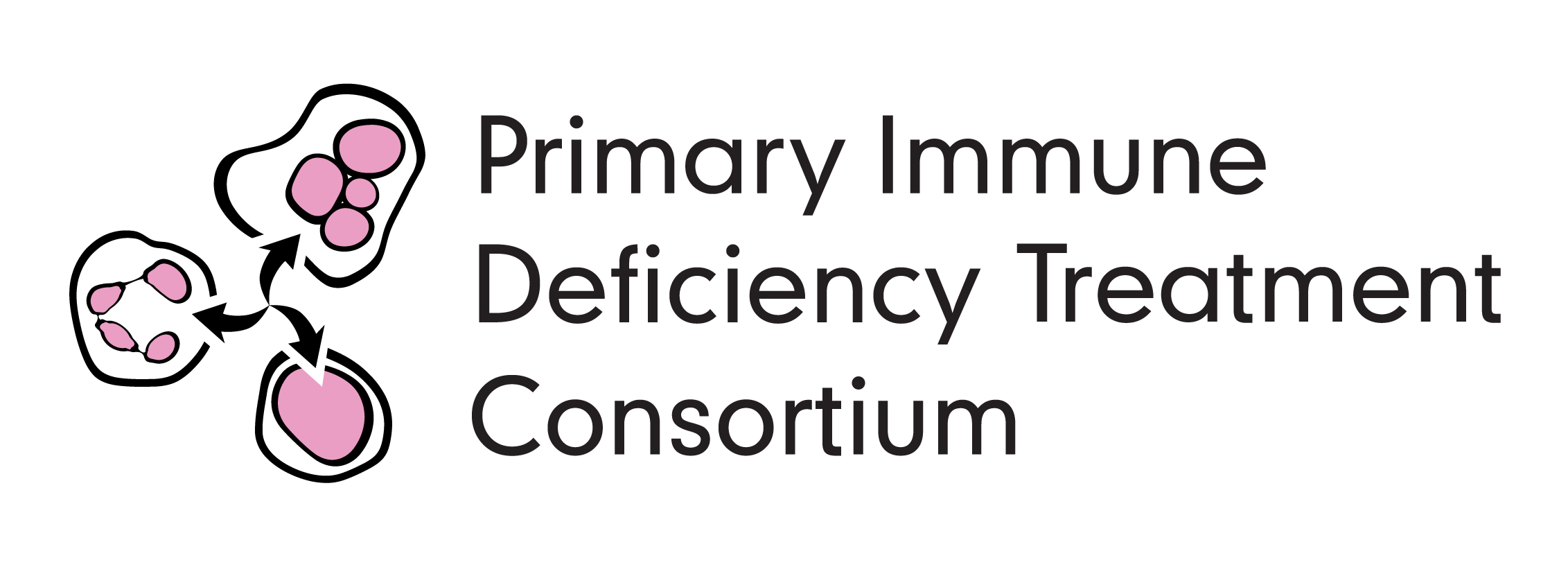Background
Wiskott-Aldrich syndrome (WAS) is a primary immune deficiency disorder that almost exclusively affects boys (x-linked – mothers are carriers and pass the WAS gene on to their sons). WAS is characterized by severely low platelets (cells that help clot the blood) and a tendency towards bleeding episodes, increased infections, allergies, eczema (severe skin rash) and risk for the development of cancers and autoimmune complications.
About this Study
The PIDTC 6904 study is evaluating the outcomes for patients with WAS who have or will be receiving either a bone marrow transplant (BMT) or gene therapy for the disorder. Patients with WAS who were born January 1, 1990 or later and underwent bone marrow transplantation or gene therapy were eligible. The study closed to accrual in August 2018.
PIDTC 6904 represents the largest and most comprehensive study of WAS ever performed. Researchers are hoping the information from this trial will help improve treatments for patients with WAS in the future. The first paper “Excellent Outcomes Following Hematopoietic Cell Transplantation for Wiskott-Aldrich syndrome: A PIDTC Report” was published in the medical journal, Blood in June 2020. In our first paper, we did a retrospective study of 129 patients with WAS who had undergone transplantation at PIDTC centers from 2005-2015. Importantly, we found excellent survival (>90%) following transplant regardless of what type of donor (sibling or unrelated donor) or hematopoietic cell source (bone marrow, peripheral blood, or cord blood) was used. Age at transplant remained a key factor with better survival in patients who were younger than age 5 years at the time of transplant versus those who were older. This finding highlights the importance of performing the transplant early in the course of the disease before the patient develops complications which can make it more difficult to do the transplant safely. We also looked at how the type of conditioning the patient received (full intensity versus reduced intensity) affected transplant outcomes. We did not find a difference in survival; however, we did find a difference in engraftment (how well the transplant took) with higher donor cell percentage in patients who received Busulfan-based conditioning regimens versus other reduced intensity regimens. Higher donor cell percentage in turn was needed to correct the platelet count. Which conditioning regimen is best remains an unanswered question that we are hoping to study further in our next paper, which includes more retrospective cases and data from patients who enrolled on our prospective natural history study. Additional studies are also needed that look at the long-term outcomes of patients who have undergone transplant.

